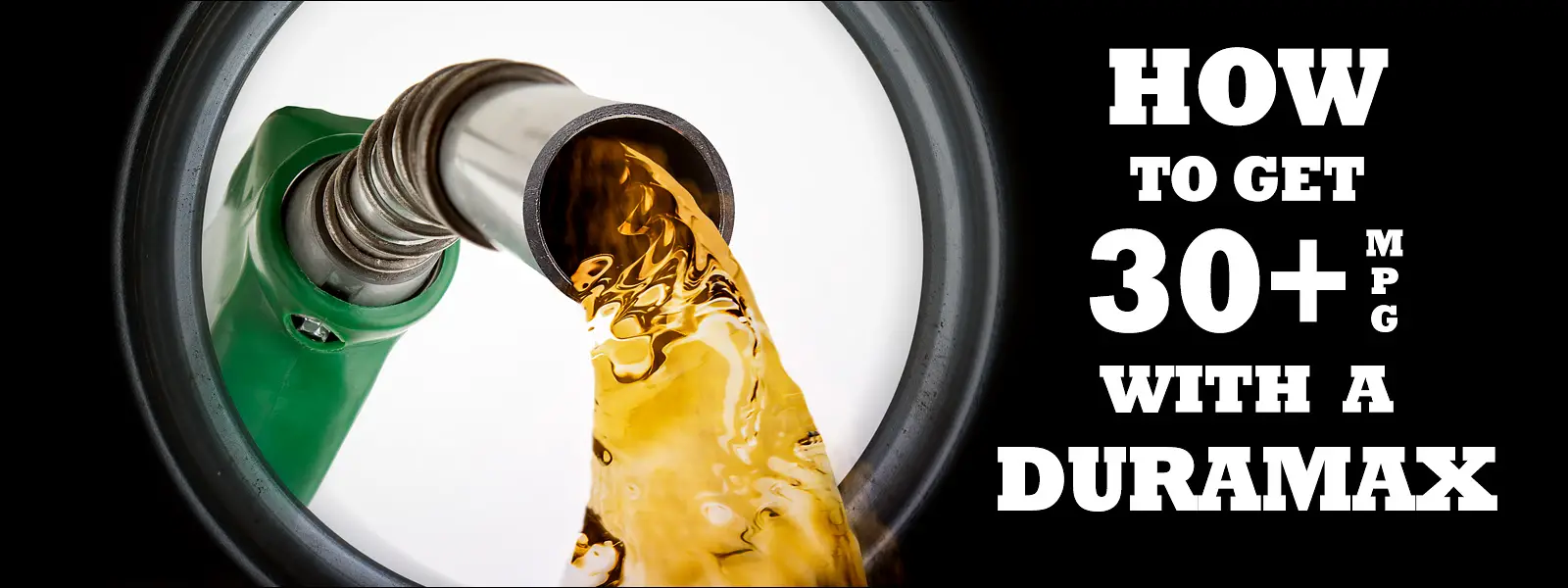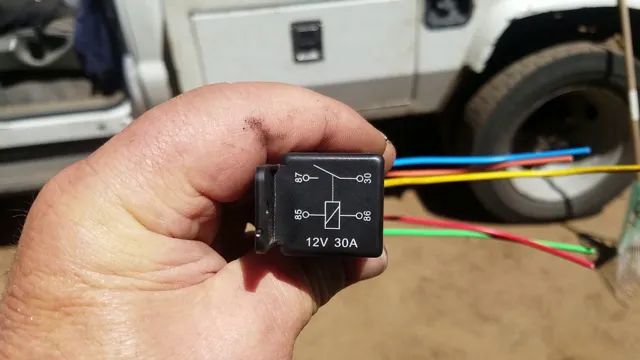7.3 Powerstroke Gas Mileage : Top Tips to Maximize Fuel Efficiency
If you are a proud owner of a Ford truck equipped with the mighty 7.3-liter Powerstroke engine, you understand the importance of fuel efficiency. Improving gas mileage not only saves you money but also reduces your environmental impact. Fortunately, with a few modifications and maintenance practices, you can optimize the fuel economy of your trusty Powerstroke truck.
1. Tire Size and Pressure
Ensuring that your tires are properly inflated and using the recommended tire size can significantly impact your truck’s gas mileage. Underinflated tires can increase rolling resistance, leading to decreased efficiency. Regularly check and maintain the correct tire pressure to enhance fuel economy.
2. Air Intake System
Upgrading to a cold air intake system can improve airflow to the engine, resulting in better combustion and increased power. This enhancement can lead to improved gas mileage as the engine operates more efficiently with a consistent air supply.
3. Turbo Back Exhaust System
Installing a high-quality turbo back exhaust system can reduce exhaust back pressure, allowing the engine to breathe more freely. This improved airflow can lead to better fuel combustion and ultimately enhance gas mileage.
4. Intercooler Tubes
Replacing the stock intercooler tubes with aftermarket options can improve heat dissipation and reduce pressure drops. This modification can optimize the engine’s performance and contribute to better fuel efficiency.
5. Fuel Mileage Monitoring
Utilizing a fuel economy monitor can provide valuable insights into your truck’s gas mileage. By keeping track of your driving habits and making adjustments based on the data, you can work towards maximizing fuel efficiency.
6. Performance Tuning
Investing in a quality performance tuner can optimize the engine’s settings for improved fuel economy. Tuning your Powerstroke truck to achieve the perfect balance of power and efficiency can lead to noticeable gains in gas mileage.
7. High-Pressure Oil Crossover Upgrade
Upgrading the high-pressure oil crossover system can enhance the engine’s lubrication and performance, potentially resulting in improved fuel economy. This upgrade can optimize the engine’s operation, leading to better overall efficiency.
Real-World Results
Several Powerstroke truck owners have reported significant improvements in gas mileage after implementing these modifications. By sharing their real-world experiences, they aim to assist fellow enthusiasts in achieving better fuel efficiency for their 7.3 Powerstroke vehicles.

Credit: www.amazon.com

Credit: prosourcediesel.com
Frequently Asked Questions Of 7.3 Powerstroke Gas Mileage : Top Tips To Maximize Fuel Efficiency
How Many Mpg Does A 7.3 Get?
The 7. 3-liter Ford engine typically gets around 12 MPG in city driving conditions.
What Is The Gas Mileage For A 1999 Ford F250 7.3 Diesel?
The gas mileage for a 1999 Ford F250 7. 3 diesel is approximately 12 miles per gallon. Experience may vary depending on driving conditions and modifications made to the vehicle.
How Many Mpg Does A 2002 Ford F250 7.3 Get?
The 2002 Ford F250 7. 3 has an average fuel efficiency of approximately 12 mpg based on real-world user experiences.
What Is The Mileage Expectancy Of A 7.3 Power Stroke?
The mileage expectancy of a 7. 3 Power Stroke is approximately 300,000 to 500,000 miles.
Conclusion
Optimizing the gas mileage of your Ford 7.3 Powerstroke truck is achievable through a combination of thoughtful upgrades and maintenance practices. By paying attention to key areas such as airflow, fuel monitoring, and engine performance, you can embark on a journey towards enhanced fuel efficiency, saving money while enjoying the powerful capabilities of your beloved truck.
Remember to consult with professionals and consider the specific requirements of your truck before making any modifications. With the right approach, you can maximize the potential of your 7.3 Powerstroke engine while reaping the benefits of improved gas mileage.







